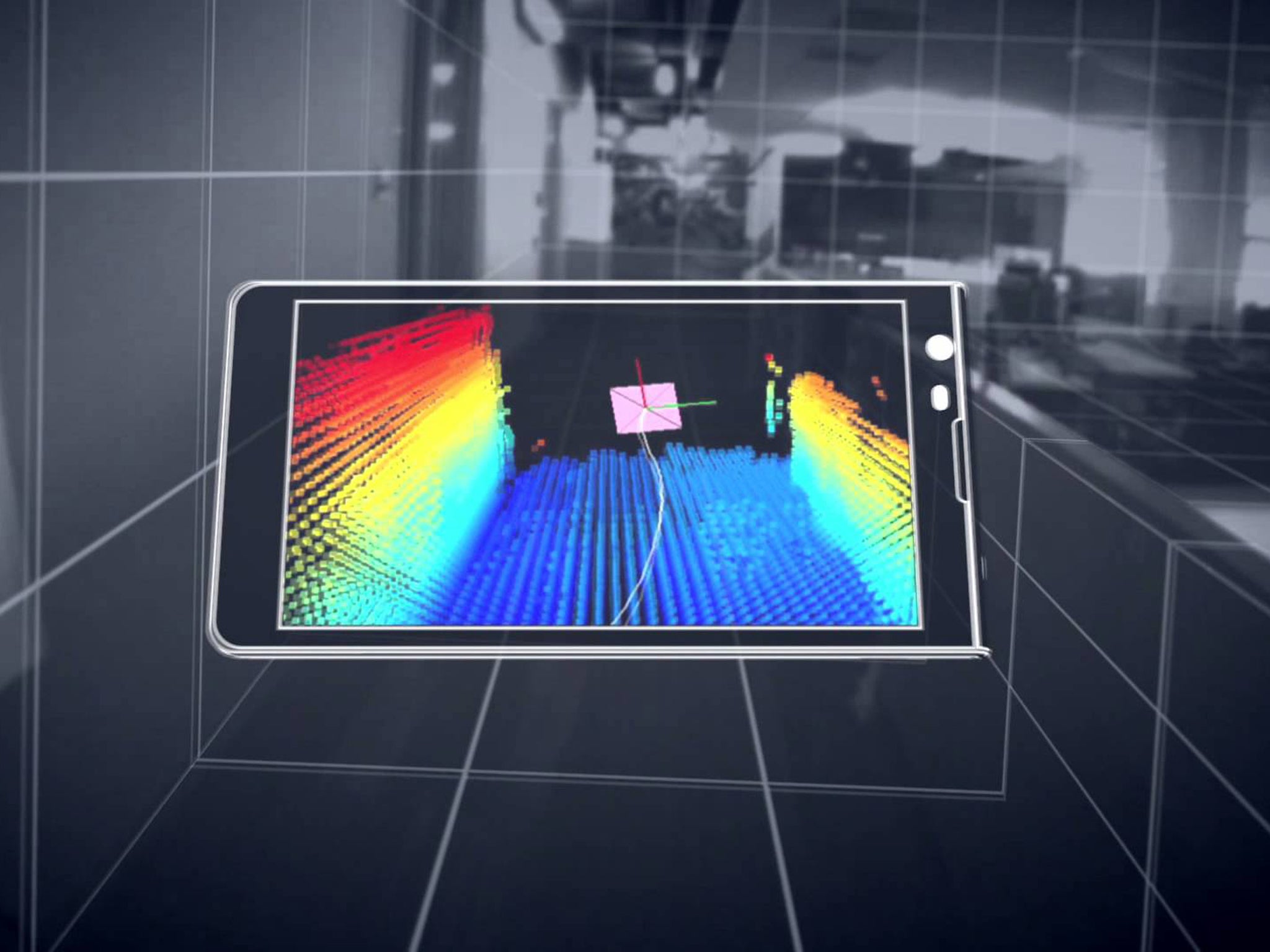The Independent's journalism is supported by our readers. When you purchase through links on our site, we may earn commission.
Project Tango: Google to sell tech to 3D-scan the world this year
Kit could be used for augmented reality and helping make places accessible for people with sight problems

Your support helps us to tell the story
From reproductive rights to climate change to Big Tech, The Independent is on the ground when the story is developing. Whether it's investigating the financials of Elon Musk's pro-Trump PAC or producing our latest documentary, 'The A Word', which shines a light on the American women fighting for reproductive rights, we know how important it is to parse out the facts from the messaging.
At such a critical moment in US history, we need reporters on the ground. Your donation allows us to keep sending journalists to speak to both sides of the story.
The Independent is trusted by Americans across the entire political spectrum. And unlike many other quality news outlets, we choose not to lock Americans out of our reporting and analysis with paywalls. We believe quality journalism should be available to everyone, paid for by those who can afford it.
Your support makes all the difference.Project Tango, Google’s 3D-scanning camera, has graduated from Google’s experimental lab and is on its way to the real world.
The scanner began as a concept for a smartphone which would scan the world around it in 3D. It could then make that into a model that could be used for augmented reality or direct people to important things.
The technology could eventually be used for mapping out the dimensions of a home before buying furniture, or giving easy directions around a new building, Google says. It could also help visually impaired people by providing assistance for walking around.
It could eventually be integrated into games, too, allowing children to play hide and seek with animated characters or changing familiar locations into the sites of other animations.
It has now moved out of Google’s experimental Advanced Technology and Projects (ATAP) division, and into a “new home within Google”.
In a Google+ post announcing the move, ATAP said: “We're excited about the continued commitment to developing the technology for our users — we wish our fellow pirates fair winds and following seas.”
The move is likely to indicate that the technology could be on its way into consumer devices. Google is said to be working with LG to make a version of the technology that people can buy ready for release some time this year.
The Project Tango Development Kit allows other engineers to make apps using the technology. That has been used in projects such as Target’s augmented reality app, which scanned shop shelves and covered them in virtual snow.
That runs on a special tablet that was made for developers to try out the kit. It has also been released in a device the size of a phone.
The technology tracks people through a combination of “advanced computer vision, image processing and specialized sensors”, according to the project’s official page. It is built into the back of a tablet, which can show the results on the front.
Join our commenting forum
Join thought-provoking conversations, follow other Independent readers and see their replies
Comments